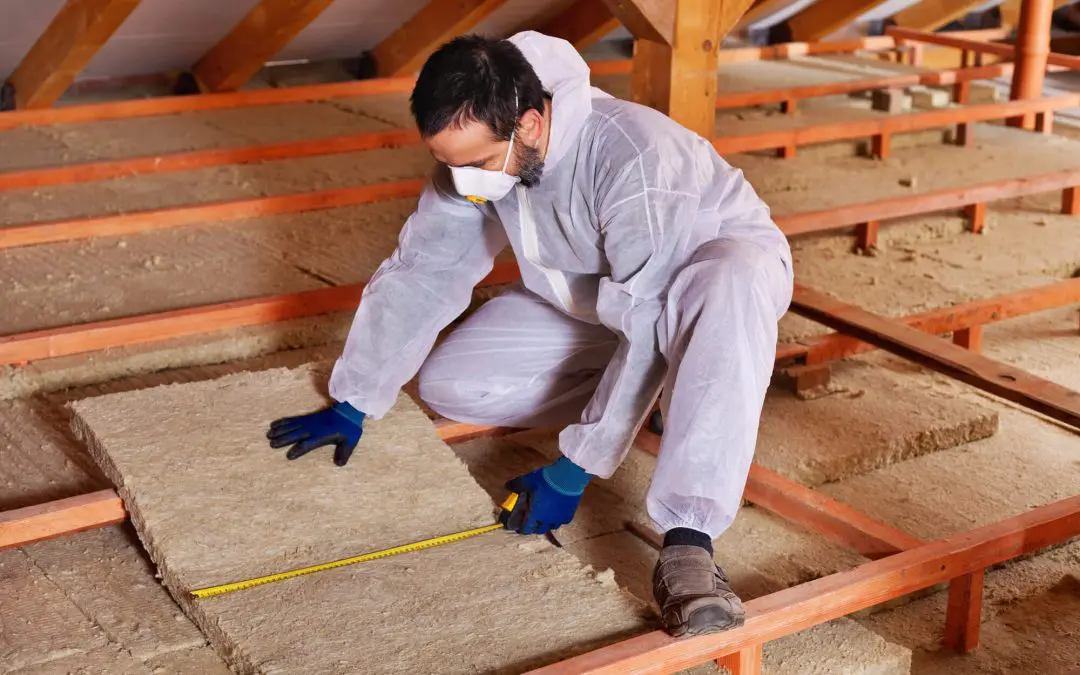Attic insulation plays a huge role in your home’s energy efficiency, comfort, and even air quality. If your energy bills are creeping up or your home feels drafty in winter and stuffy in summer, the problem might be sitting right above your head. Upgrading attic insulation can be a smart move, but not every option or add-on gives you the same return. Knowing what’s actually worth the time and money can help you make a confident choice.
Why Attic Insulation Matters More Than You Think
Attics are one of the biggest sources of heat loss in a home. Warm air rises, and without proper attic insulation, it escapes through the roof—forcing your HVAC system to work harder. The result is higher utility bills, inconsistent temperatures, and a house that just doesn’t feel comfortable.
The right insulation can slow down heat transfer, keep your home more consistent year-round, and lighten the load on your heating and cooling system. It also helps control moisture and can even prevent ice dams in colder climates.
What to Look for Before Upgrading Attic Insulation
Before you rush to add more insulation, it’s important to know what you’re working with. Not all insulation problems require a full replacement. In many cases, adding to what’s already there is enough. Start by checking the depth and condition of your existing insulation. If it’s uneven, compacted, or damp, it may not be doing its job. Any signs of mold or pest damage mean it’s time to remove and replace.
Air leaks are another thing to watch. Even the best attic insulation won’t help much if air is slipping in through gaps in the ceiling, around vents, or through attic hatches. Sealing those leaks first can make any insulation upgrade more effective.
Attic Insulation Options: What’s Worth It?
When it comes to insulation types, blown-in cellulose and fiberglass batts are the most common choices. Blown-in cellulose does a good job of filling tight corners and odd-shaped spaces. It’s made from recycled material and is treated to resist pests and fire. It’s a solid, affordable upgrade for most homes.
Fiberglass batts are widely available and work well if your attic has standard spacing and fewer obstacles. They’re easy to install, but they don’t perform as well in cramped or irregular areas.
Spray foam insulation is more expensive but offers superior air sealing and insulation in one step. It expands to fill gaps, which can dramatically improve energy performance. It’s a good investment in certain situations, especially in homes with major air leakage or hard-to-insulate rooflines, but it’s not always necessary.
Radiant barriers are often marketed as a way to boost attic insulation, but they’re not a substitute for actual insulation. They reflect heat rather than trap it, so their effectiveness depends heavily on your climate. In hot, sunny areas, they might be a helpful add-on. In cooler zones, they’re usually not worth the cost.
What’s Usually Not Worth the Investment
Some upgrades sound promising but don’t deliver much value. Adding insulation without sealing air leaks first is one of the biggest mistakes homeowners make. You’ll get better results from a smaller insulation upgrade paired with solid air sealing than you will from piling on more insulation alone.
Over-insulating also doesn’t guarantee better performance. Once you reach the recommended R-value for your area, adding more offers diminishing returns. It’s better to focus on the quality of installation and sealing than on sheer volume.
Vapor barriers are another point of confusion. In most modern homes, the insulation you install already includes a vapor barrier or doesn’t need one. Adding extra can trap moisture where you don’t want it. Always follow local codes and manufacturer guidelines on that front.
When to Upgrade
If your attic insulation is over 15 years old, has visible damage, or can’t keep your home comfortable, it’s worth a closer look. Homes with frequent HVAC cycling, high energy bills, or cold spots are prime candidates for an upgrade. And if you’re planning a roofing project, it can be the perfect time to address insulation from above.
FAQs
How can I tell if my attic insulation is still effective?
Look for thin or uneven coverage, signs of moisture, drafts in your home, or insulation that feels damp or looks compressed. These are all signs it’s time to upgrade.
Does attic insulation really lower energy bills?
Yes. Proper attic insulation helps your home hold in heat during winter and block it out during summer, which means your HVAC system runs less often.
Can I install attic insulation myself?
It’s possible with batt or blown-in insulation, but it requires proper safety gear and knowledge of local codes. A pro can ensure complete coverage and air sealing.
How often should attic insulation be replaced?
Insulation can last 20–30 years, but issues like water damage, pest activity, or settling can shorten its lifespan. It’s worth checking every few years, especially if your home is older.
Is spray foam always better than other types of attic insulation?
Not always. It performs well in tough conditions but comes at a higher cost. For many homes, blown-in or batt insulation delivers solid results for less money.
Anderson Home Inspections offers home inspections in Central Ohio. Contact us to schedule our services.

